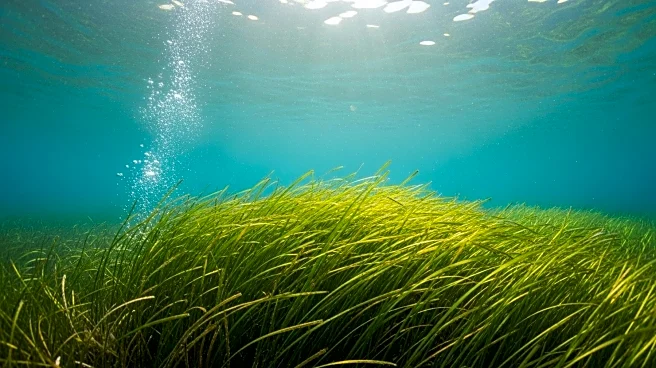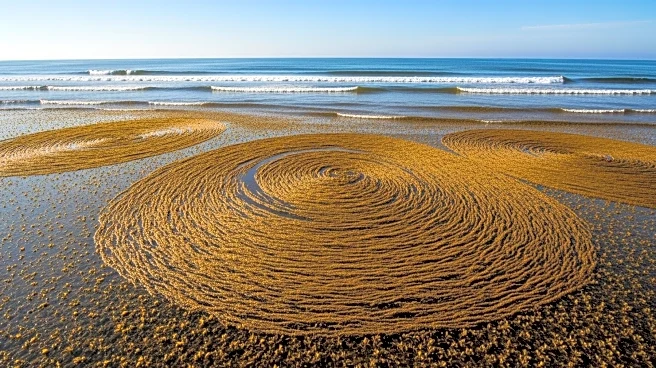What's Happening?
Researchers from the University of Michigan have discovered that seagrass is highly effective at storing carbon, but its ability to do so is affected by nutrient pollution. The studies revealed that while nutrients like nitrogen and phosphorus can enhance seagrass growth and carbon storage, excessive nitrogen can lead to phytoplankton growth that shades and kills seagrass. This dual effect highlights the delicate balance required in managing nutrient levels to optimize seagrass's carbon sequestration capabilities.
Why It's Important?
Seagrass plays a crucial role in carbon sequestration, which is vital for mitigating climate change. Understanding how nutrient pollution impacts seagrass can inform environmental management practices to enhance its carbon storage potential. This research is significant for coastal communities and policymakers aiming to balance nutrient enrichment with ecological preservation.
What's Next?
The findings suggest that managing nutrient levels, particularly nitrogen, is essential to prevent phytoplankton overgrowth and protect seagrass ecosystems. Future studies may explore nutrient management strategies to optimize seagrass growth and carbon storage, potentially influencing policy decisions on wastewater treatment and coastal development.











